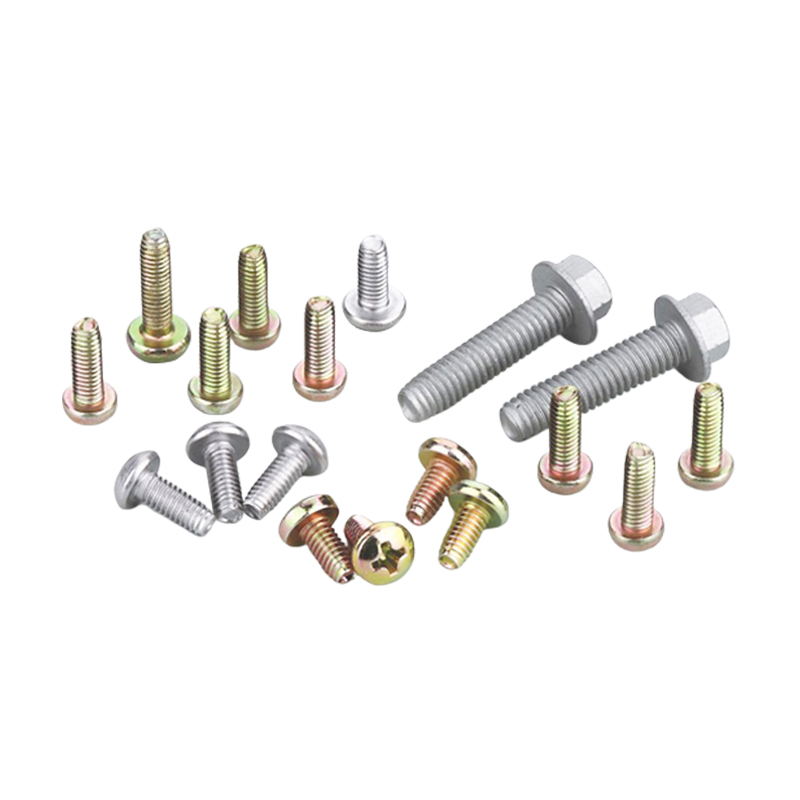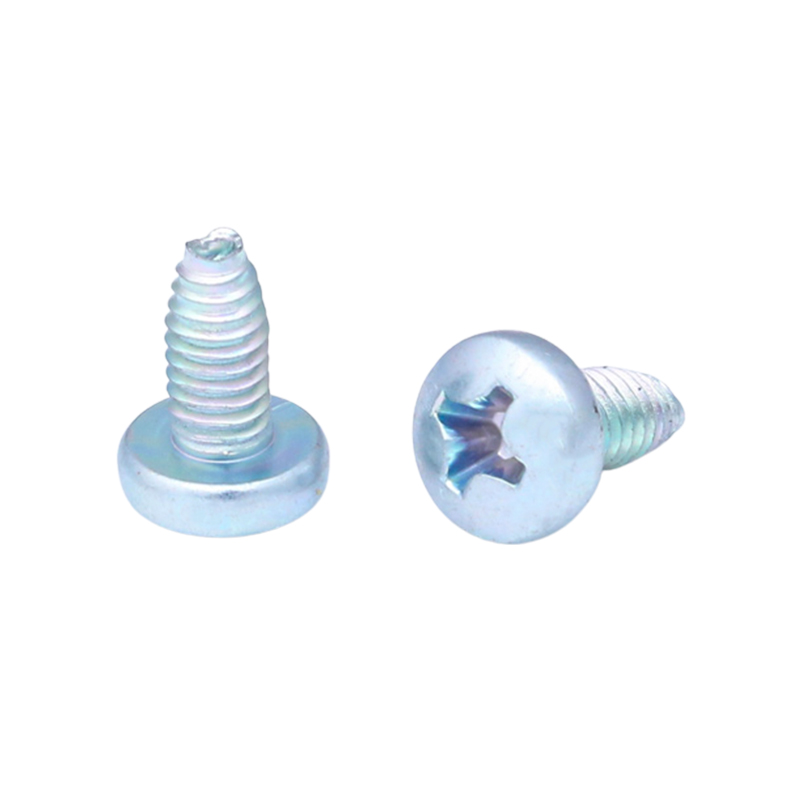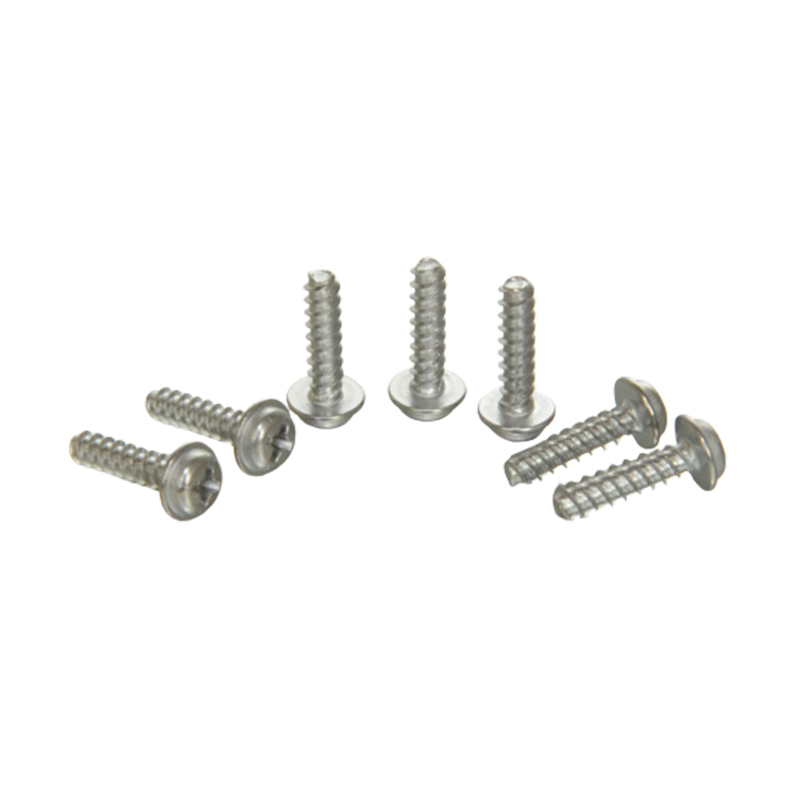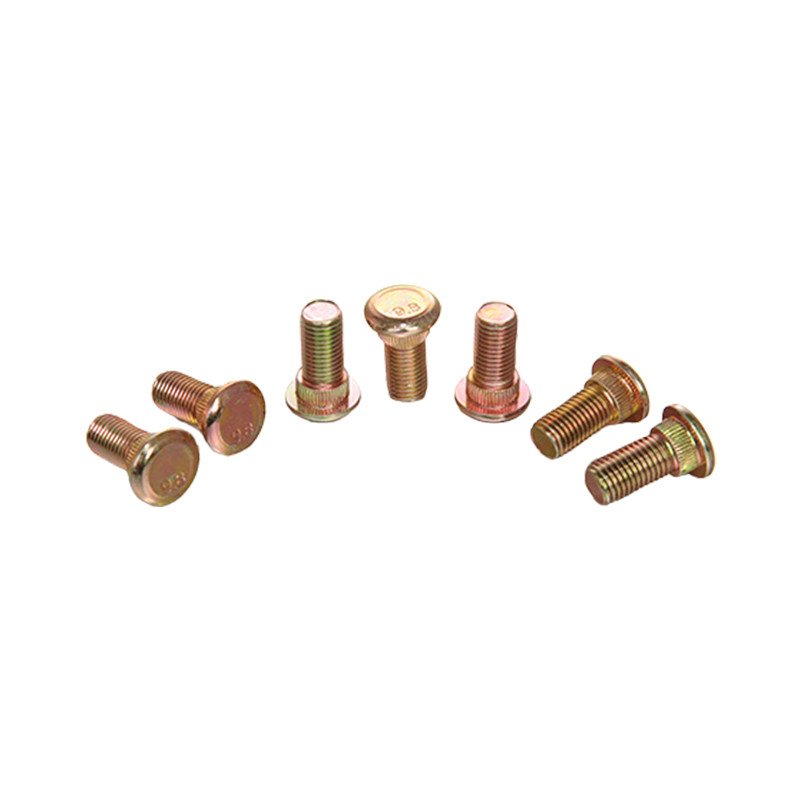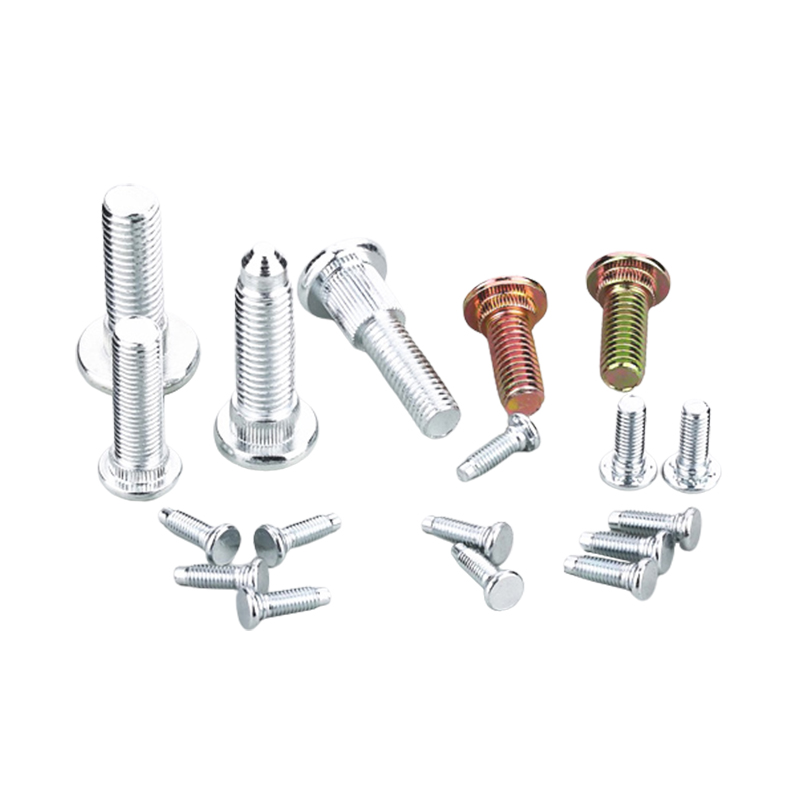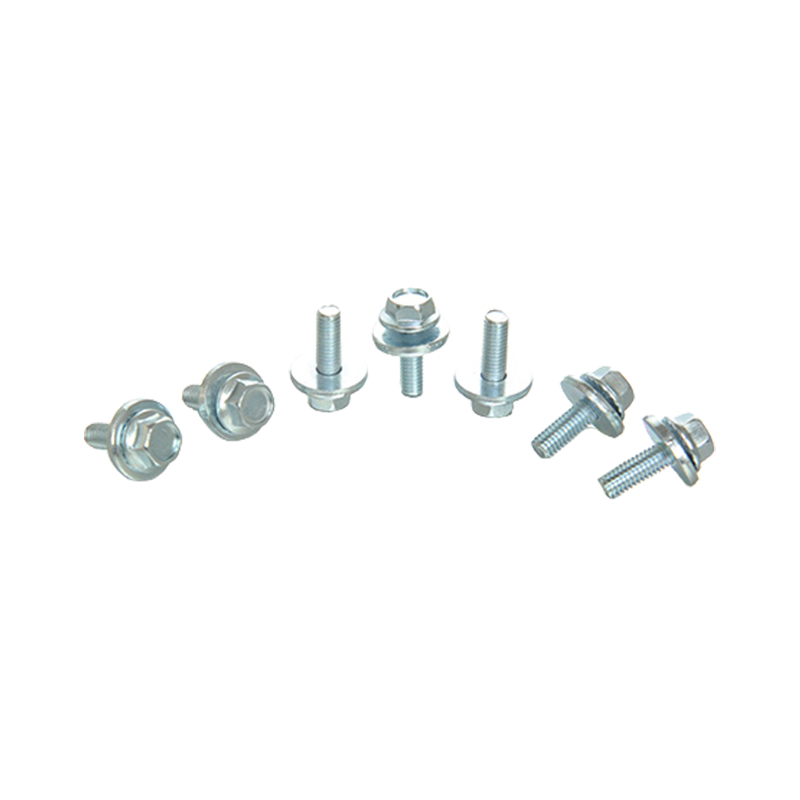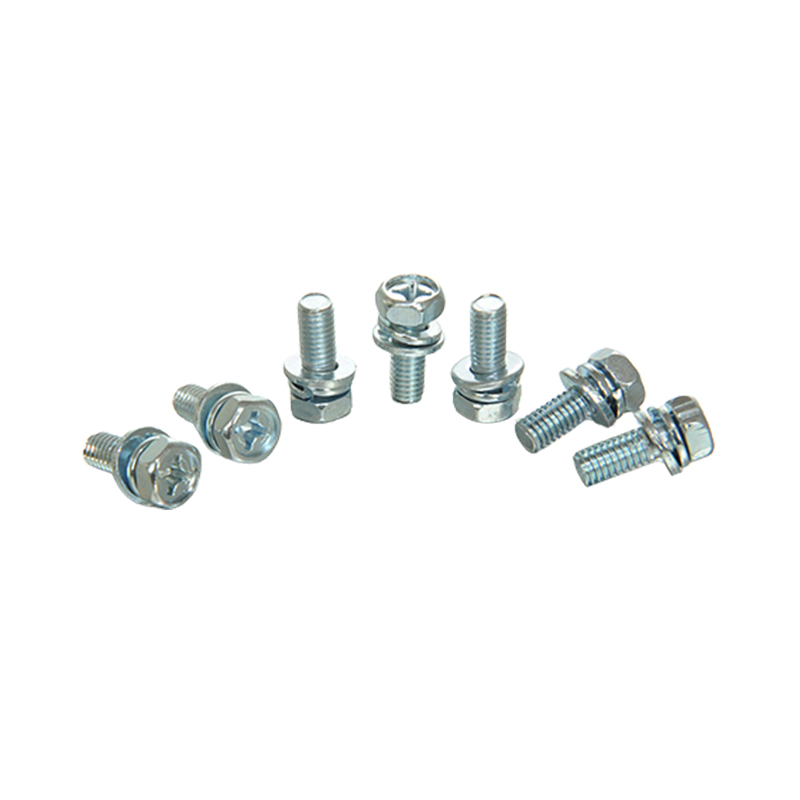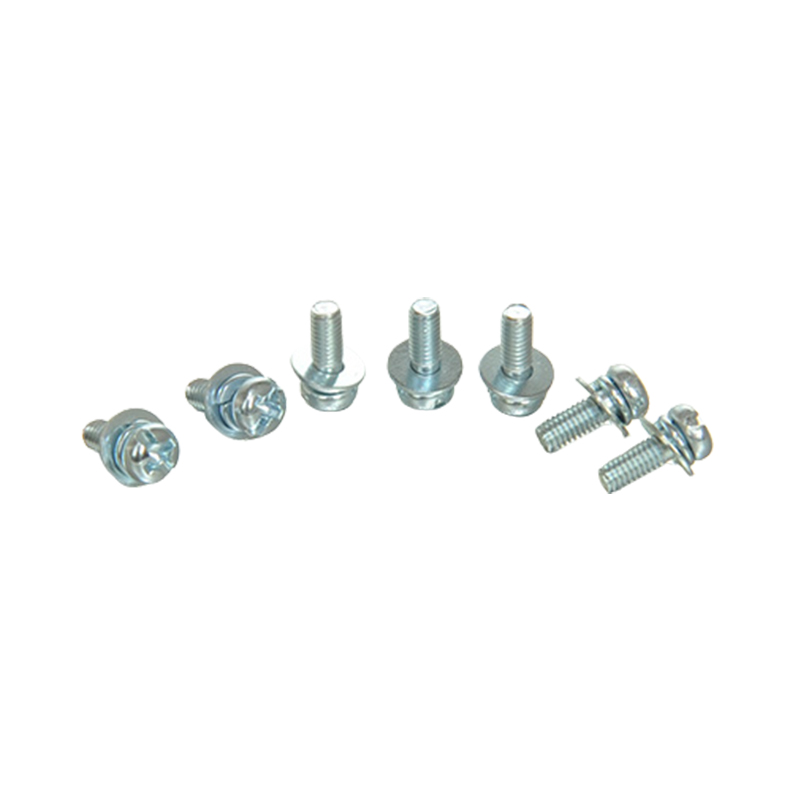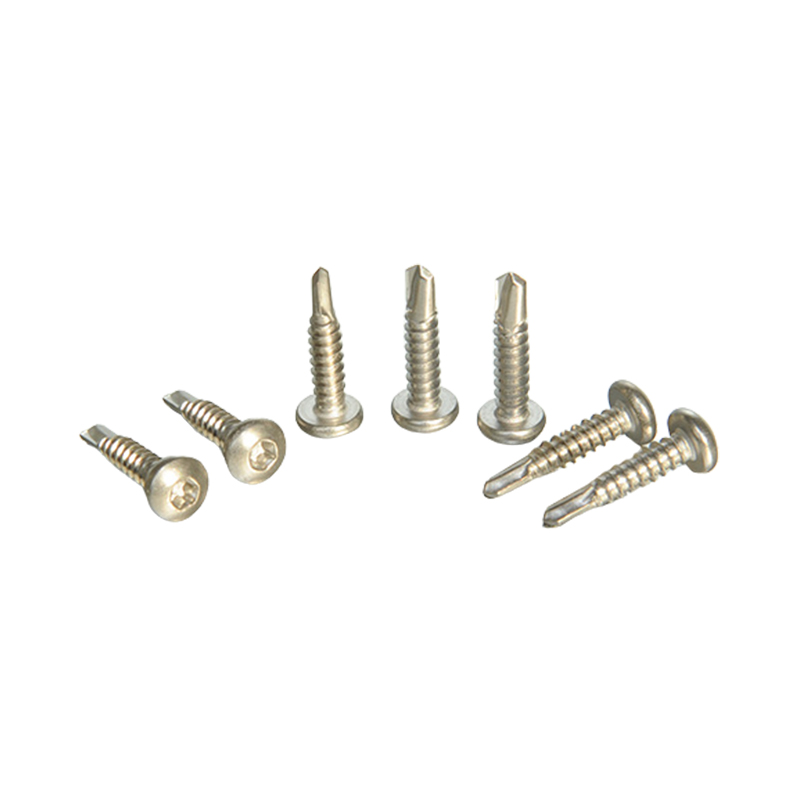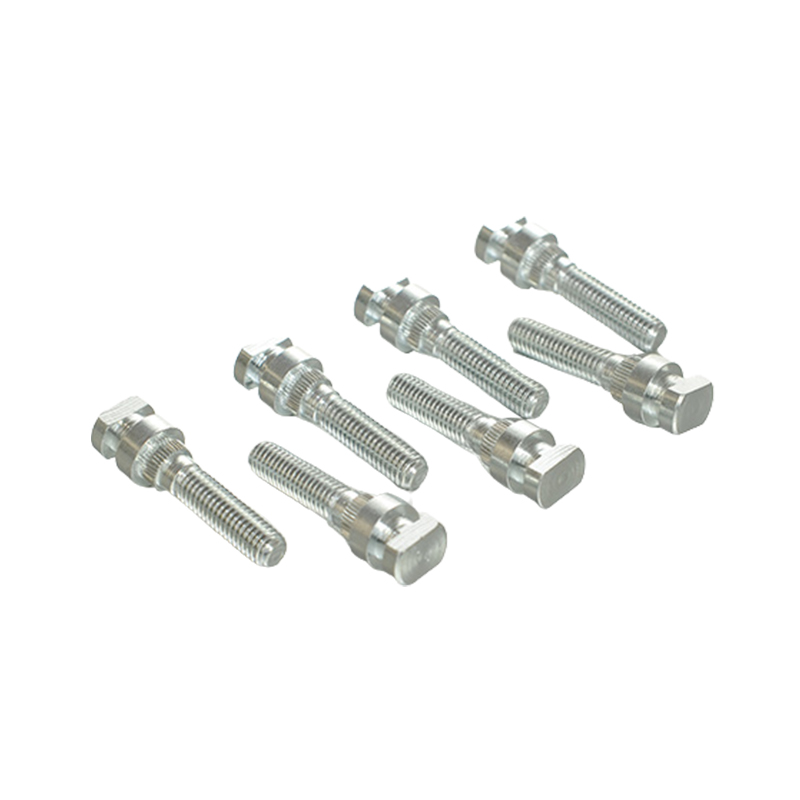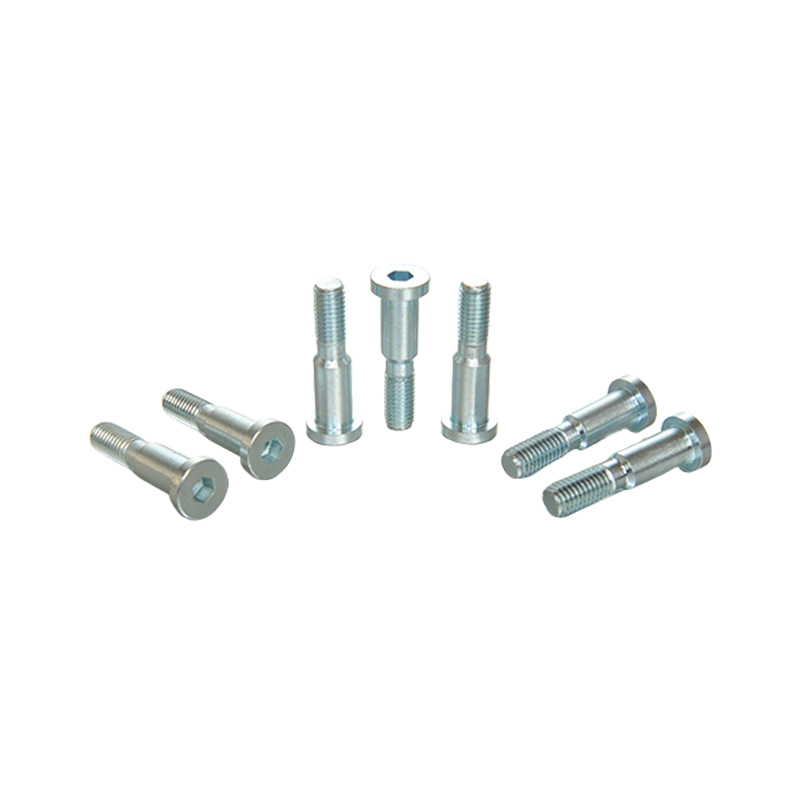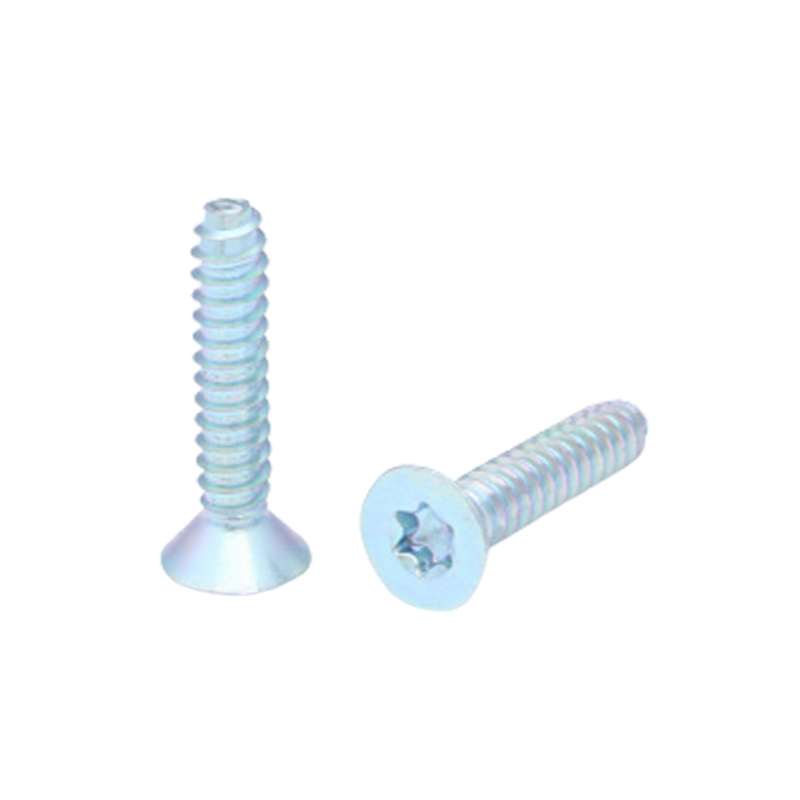Introduction to Stainless Steel Screws and Carbon Steel Screws
Stainless steel screws and carbon steel screws are two of the most widely used fasteners across construction, machinery, automotive, and consumer products. While both materials serve the same fundamental purpose of providing secure fastening, their material properties differ significantly. Stainless steel is valued for its resistance to corrosion, while carbon steel is recognized for its strength and cost-effectiveness. Comparing their strength requires examining tensile strength, hardness, yield performance, and how environmental conditions influence durability.
Basic Mechanical Strength Properties
The term “strength” in screws generally refers to tensile strength, shear strength, and hardness. Tensile strength measures how much pulling force the screw can withstand before breaking, while shear strength represents the ability to resist forces applied laterally. Stainless steel screws often have moderate tensile strength values, whereas carbon steel screws, depending on grade, can have considerably higher tensile ratings. The differences stem from the metallurgical composition and heat treatment processes applied to carbon steels, which can be optimized for strength, unlike stainless steels that are designed mainly for corrosion resistance.
| Property | Stainless Steel Screws (Typical Range) | Carbon Steel Screws (Typical Range) |
|---|---|---|
| Tensile Strength | 500–750 MPa | 600–1,200 MPa |
| Yield Strength | 200–400 MPa | 300–1,000 MPa |
| Hardness (HB) | 150–250 | 200–450 |
Metallurgical Composition and Its Impact
The mechanical performance of screws originates from their alloy composition. Stainless steel contains chromium (usually above 10.5%), nickel, and other alloying elements that provide oxidation resistance. This composition, however, generally reduces the hardness and strength when compared to carbon steel. Carbon steel primarily consists of iron and carbon, with varying amounts of carbon content influencing hardness and tensile properties. Low-carbon steels are more ductile but weaker, while medium- and high-carbon steels can achieve much higher strength, especially after heat treatment.
Heat Treatment Effects
One of the critical factors influencing the strength of carbon steel screws is the ability to undergo heat treatment. Quenching and tempering can significantly increase their hardness and tensile strength, allowing them to be used in demanding structural applications. Stainless steel screws, especially those made from austenitic grades like 304 or 316, generally cannot be hardened through heat treatment. Martensitic stainless steels can be heat treated, but they are less commonly used for general fastening due to lower corrosion resistance. As a result, carbon steel screws often outperform stainless steel screws in pure strength when subjected to heavy mechanical loads.
| Material Type | Heat Treatment Capability | Strength Enhancement Potential |
|---|---|---|
| Austenitic Stainless | Not heat treatable | Limited |
| Martensitic Stainless | Heat treatable | Moderate |
| Low Carbon Steel | Heat treatable | Moderate |
| Medium/High Carbon | Heat treatable | High |
Strength-to-Weight Ratio Considerations
Another way to assess performance is by looking at strength-to-weight ratios. Stainless steel has a slightly lower density compared to carbon steel, but the difference is minimal. However, because carbon steel can reach much higher tensile strengths, the strength-to-weight ratio is generally in favor of carbon steel screws. In applications where lightweight components with high load-bearing capabilities are necessary, carbon steel screws are often preferred.
Performance Under Static and Dynamic Loads
Static loads refer to constant forces applied to screws, while dynamic loads involve fluctuating stresses, such as vibration. Carbon steel screws with higher hardness levels perform better under high static loads because they are less likely to deform. Under dynamic loads, stainless steel screws may perform adequately due to their ductility, but their lower tensile strength makes them less reliable in extreme cases. In critical industries such as aerospace or heavy machinery, carbon steel screws are often chosen when high mechanical reliability is required.
Environmental Influence on Strength Retention
Strength comparison cannot be fully evaluated without considering environmental influences. Stainless steel screws maintain their integrity better in corrosive conditions because their surface oxide layer prevents rusting. Carbon steel screws, although stronger initially, may corrode over time if not properly coated or maintained, leading to reduced effective strength. In marine environments, chemical plants, or outdoor exposure, stainless steel screws can maintain functional strength longer, even if their base tensile strength is lower.
| Environment | Stainless Steel Screws Performance | Carbon Steel Screws Performance |
|---|---|---|
| Indoor/Dry | Moderate strength, long-lasting | High strength, long-lasting |
| Outdoor/Moderate | Stable against corrosion | Requires coating, risk of rust |
| Marine/High Salt | Reliable with grade 316 | Corrosion and strength loss |
| High Temperature | Some reduction in strength | Varies depending on alloy |
Cost-to-Strength Balance
From an engineering and economic perspective, cost also plays a role in evaluating strength. Carbon steel screws are generally less expensive and provide higher mechanical strength, making them suitable for large-scale construction and industrial applications. Stainless steel screws, though more costly, are often chosen in situations where corrosion resistance outweighs the need for maximum tensile strength. This trade-off often leads to a selection based on long-term performance rather than initial mechanical strength alone.
Application-Specific Strength Requirements
The choice between stainless steel and carbon steel screws often depends on the type of load and the operating conditions. In structural applications such as bridges, heavy machinery, or automotive assembly, carbon steel screws dominate due to their high load-bearing capabilities. Stainless steel screws are more common in food processing equipment, medical devices, and marine fittings where corrosion resistance ensures reliable performance. In each case, the perceived “strength” is defined not only by mechanical ratings but also by how well the screws perform under actual working conditions.


